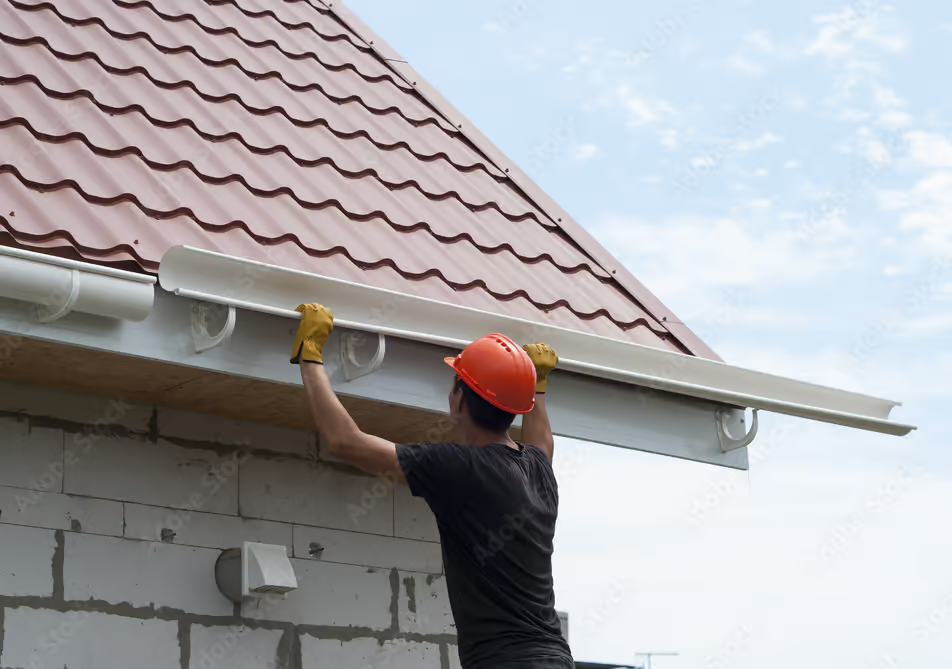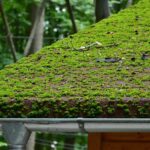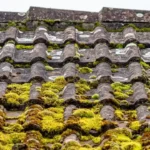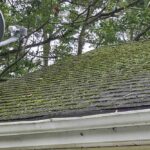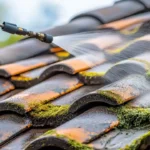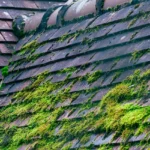When it comes to maintaining a safe and healthy home environment, understanding the importance of roof drainage and mold prevention is crucial. Poor roof drainage can lead to water accumulation, which in turn can cause mold growth, damaging your home and posing health risks. This article will help you navigate the essentials of roof drainage systems and provide strategies for effective mold prevention.

Understanding Roof Drainage Systems
Roof drainage systems are designed to channel water away from your home efficiently. They are crucial in preventing water from pooling on your roof, which can lead to structural damage and mold growth. To ensure your roof drainage system is working effectively, regular maintenance is key.
Components of a Roof Drainage System
Several components make up a roof drainage system, including gutters, downspouts, and drainage pipes. Each part plays a critical role in directing water away from your home. For a detailed guide on roof drainage components, visit our roof drainage components page.
Why Mold Prevention is Essential
Mold can have serious implications for both your health and the structural integrity of your home. Mold spores thrive in damp environments, making effective roof drainage essential for mold prevention.
The Health Risks of Mold
Mold can cause a range of health issues, from respiratory problems to allergic reactions. It’s crucial to address mold problems promptly to protect your home and family. For more information, check out this external resource on roof drainage solutions.
Steps to Ensure Effective Roof Drainage
Maintaining your roof drainage system involves regular inspections and cleaning. This prevents clogs and ensures water flows freely away from your roof. Learn more about maintenance from our maintenance checklist.
Regular Inspection
Inspect your roof drainage system regularly for signs of damage or blockage. This will help you catch any issues early before they lead to more significant problems.
Cleaning Your Gutters
Gutters can become clogged with leaves and debris, preventing water from draining properly. Regular cleaning is essential to maintain effective drainage. Check out our guide on unclogging roof drainage systems.
Preventing Mold Through Proper Roof Drainage
By ensuring your roof has a proper drainage system, you minimize the risk of mold growth. This involves both maintaining your current system and considering upgrades if necessary. For tips on preventing roof drainage backups, visit our prevention tips.
Upgrading Your Drainage System
If your current drainage system isn’t adequate, consider upgrading to a more efficient system. This may involve installing additional downspouts or larger gutters to handle water flow effectively.
Landscaping for Better Drainage
Landscaping can also play a role in effective drainage. Ensure your home’s landscaping directs water away from the foundation to prevent water accumulation and subsequent mold growth.
Conclusion
Effective roof drainage and mold prevention are essential for maintaining a safe and healthy home. By understanding the components of your roof drainage system and taking proactive steps to prevent mold, you can protect your home and family from potential damage and health risks.

FAQs
1. How often should I clean my gutters?
It’s recommended to clean your gutters at least twice a year, in the spring and fall. However, if you have a lot of trees around your home, more frequent cleaning may be necessary.
2. Can poor roof drainage affect my home’s foundation?
Yes, poor roof drainage can lead to water accumulation around your home’s foundation, which can cause cracking and other structural issues.
3. What are some signs of mold in my home?
Common signs of mold include a musty smell, visible mold growth, and health symptoms such as sneezing or respiratory issues. If you suspect mold, it’s important to address it quickly.
This article contains affiliate links. We may earn a commission at no extra cost to you.



